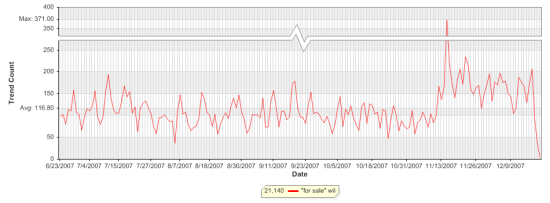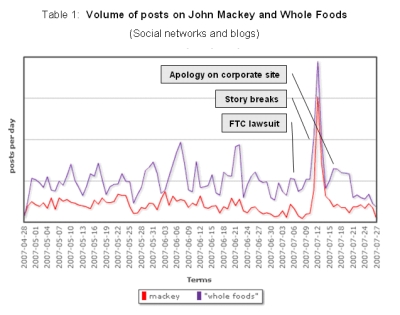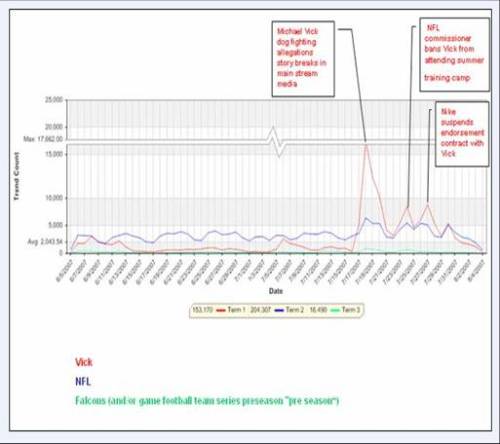Online commercial platforms such as ebay.com and amazon.com were popular commerce channels for holiday shoppers this Christmas. While the majority of consumers used these online commercial websites a new channel of online consumer commerce began to gain traction.
CGM and Consumer-to-Consumer Commerce
Online forums/message boards were used by consumers to buy and sale items during this Christmas holiday. This new form of commerce resembled in structure to peer-to-peer networks. Peer-to-peer networks in which have gained popularity for downloading music and movie files has influenced a new trend in consumer commerce.
Consumers from across the United States communicated via online forums/message boards in order to buy and sell goods and have created a new form of online consumer commerce, consumer-to-consumer networks. Similar to the p2p networks, each consumer either buying or selling represented a node in which together formed a social network of online consumer commerce.
The Wii Catalyst in Consumer-to-Consumer Commerce
The demand for the Nintendo Wii game console soared this holiday season. Retailers both online and off line were not able to match the consumer demand for this hot holiday item. We at 1st2c discovered that the consumer-to-consumer online network empowered consumers by offering them a additional platform to purchase the Wii gaming console. Via online forums/message boards people bought and sold Wii consoles without the assistance of traditional online commerce platforms such as ebay.com, walmart.com, and amazon.com.
In addition, consumer-to-consumer online commerce were in some instances the only channel for consumers to obtain a Wii console for this Christmas holiday due to the lack of availability of main stream online commerce platforms .
CGM Discussions of Wii Social Commerce Transactions
Using 1st2c‘s deep web monitoring technology we saw that consumer discussions of this secondary market was substantial and grew as the Christmas holiday approached.

Effects of Consumer-to-Consumer Commerce
This social commerce channel that developed increased the availability of the Wii to consumers during the holiday season. In addition, it increased the growth of secondary gaming console markets. Consumers that had the Wii game console previous to this holiday rush had the opportunity to sale via the consumer-to-consumer commerce channel and use the revenue to purchase another gaming console or software.
An example of this phenomena was observed by our research team in the consumer cell phone market. Consumers used the consumer-to-consumer channel through CGM platforms (ie forums/message boards) to sell their cell phone in order to purchase a new model via traditional retail channels. This form of commerce reduced the duration and financial barriers that consumers faced when deciding if to upgrade to a new cell phone.
The Future of Consume-to-Consumer Commerce
The emergence of consumer-to-consumer commerce via social channels (ie forums/message boards) poses some important questions regarding retail markets and marketing of consumer goods.
1. What can be learned from social commerce and adapted to retail commerce?
2. What consumer insights can be learned from social commerce?
3. How can marketing techniques adapt to the evolving social consumer generated media platforms such forums/message boards, blogs, videos and social networks?
We will continue to follow this CGM trend as it evolves in order to provide our clients with tools to maximize their marketing impact and ROI.
1st2c in a nutshell
1st2c (www.1st2c.com) is the home of online Online Strategizing Research© – the most comprehensive data-to-strategy methodology available for the networked market. Strategizing Research©’s insight and opportunity driven orientation creates a vivid picture of mindsets and behaviors of the networked marketplace and adds new dimensions to both online and offline strategies.
1st2c works with Fortune 500 companies on adding new dimensions to overall marketing strategy and on monitoring and engaging the networked market.
Ofer Friedman
Chief Research & Client Officer
1st2c











